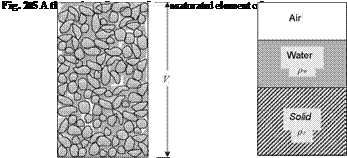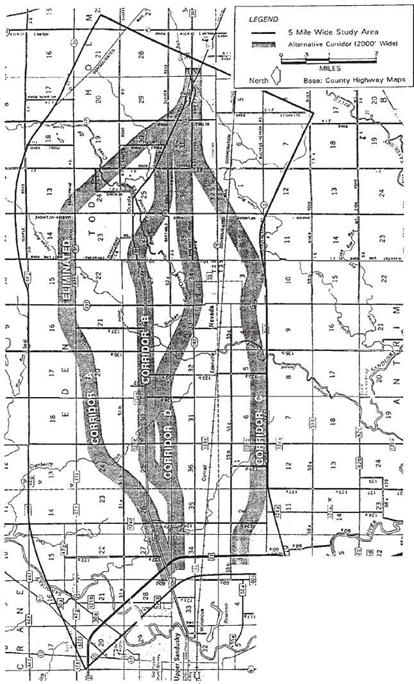Specification
Construction specifications are the detailed written instructions that support architectural drawings. Together, the “specs” and the drawings comprise the construction documents. The drawings explain the physical layout and appearance of the building, how it will be structured, and the choice of general construction materials. Specifications contain instructions that cannot be shown easily on the drawings. They indicate how materials are to be handled and installed, and prescribe brand names of products and performance requirements. Detailed specifications are not often included in the documents for residential construction. However, if you want to build a healthy home, detailed specifications are essential because many standard practices and materials are unacceptable...
read more








